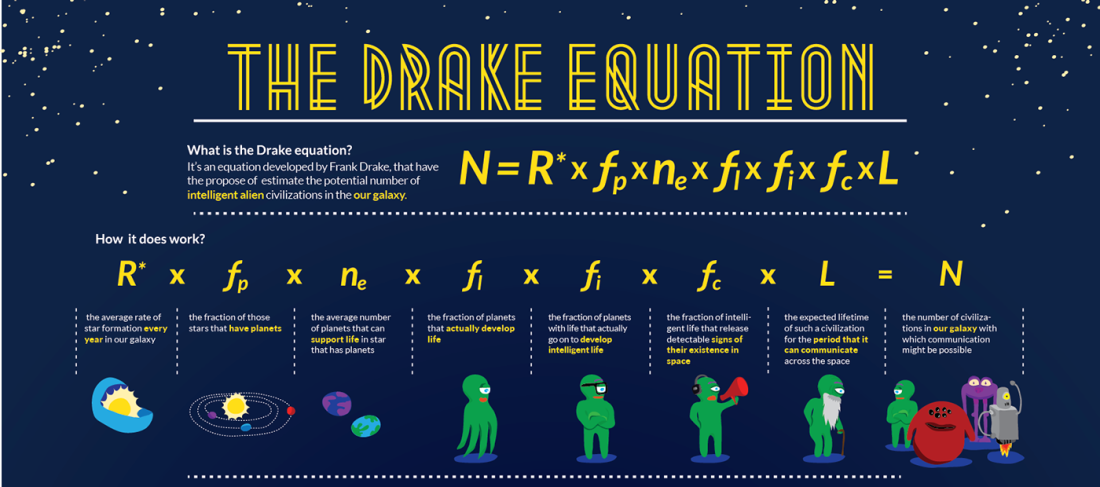
The Search for Extraterrestrial Intelligence (SETI) has been ongoing for about 60 years now, and it’s time to reconsider if it’s worth the millions of dollars and hours it burns every year.
To start off, I want to make the case that SETI isn’t real science. It’s a faith-based effort that isn’t falsifiable. An article published in Nature pointed out:
“…no matter how scientifically rigorous its practitioners try to be, SETI can’t escape an association with UFO believers and other such crackpots. But it is also because SETI is arguably not a falsifiable experiment. Regardless of how exhaustively the Galaxy is searched, the null result of radio silence doesn’t rule out the existence of alien civilizations. It means only that those civilizations might not be using radio to communicate. Indeed, SETI is marked by a hope, bordering on faith, that not only are there civilizations broadcasting out there, but that they are somehow intent on beaming their signals at Earth.”
And now you’re thinking: SETI may not be a science by some standards, but imagine if it worked! To that I respond: if. I would never play the lottery just because it would be great if I won, and at least I can know the odds of winning the lottery. The only way to guess at the odds of SETI finding something is by plugging in un-testable, made-up values into the Drake equation until it spits out an answer you like.
If you’re interested in hearing more anti-SETI rhetoric and discussion, I encourage you to check out this blog post and this reddit thread.
Don’t get me wrong: pop science is a great way to get people interested in funding and doing science. But something that has been described by one scholar as “uncomfortably close to the status of pseudoscience” is a waste of funding end energy, not to mention the unrealistic view it gives people of what real science is.








